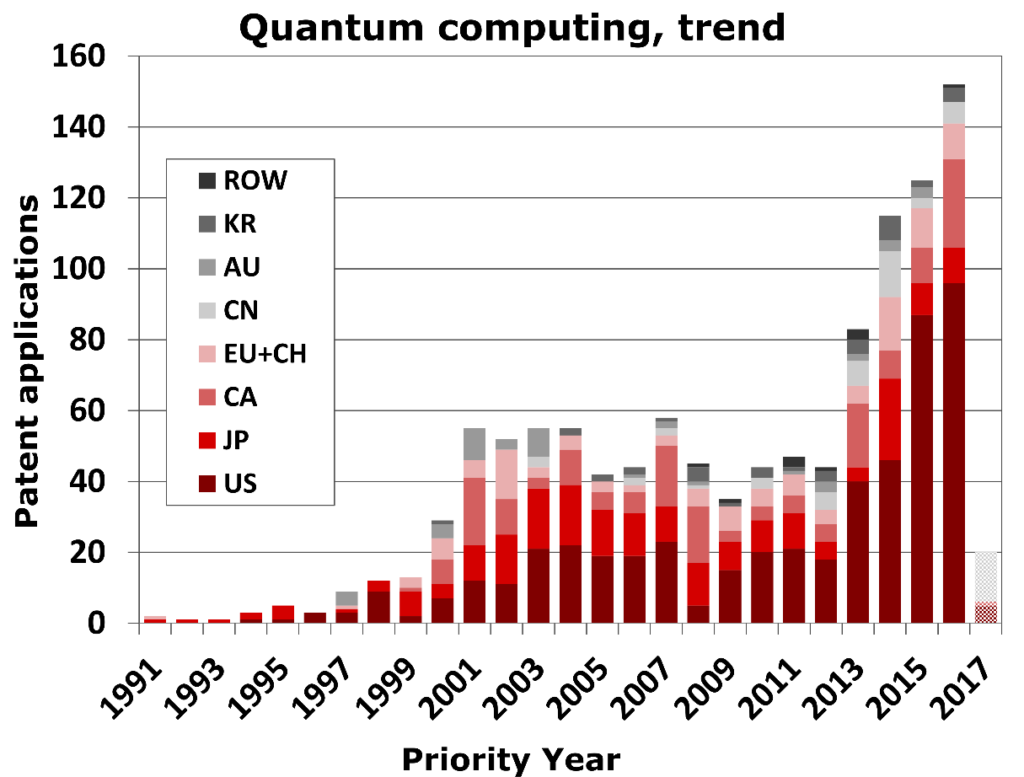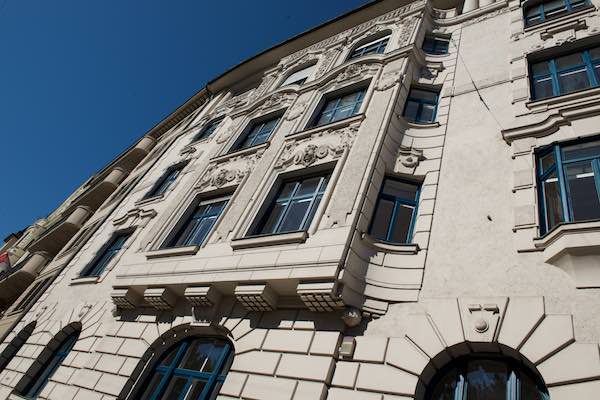Quantum technologies on the rise
In recent years, the presence of quantum technologies in public media has increased, reaching a new high with Google’s announcement of “Quantum Supremacy” [1], which was covered by media all over the world. This shows that quantum technologies are in the process of transforming from a highly-specialized academic field of (fundamental) research to new technological applications.
The increasing interest in quantum technologies is also evident in a plurality of government-funded initiatives, including the European Quantum Flagship for quantum technologies [2], UK National Quantum Technologies Programme [3] and the US National Quantum Initiative [4], to name a few. Also, the German government launched a Federal Government Framework Programme called “Quantum technologies: from basic research to market” [5] for boosting the development of quantum technologies in Germany.
Additionally, established companies such as Google, Microsoft, D-Wave Systems, or IBM invest in their own research in the field of quantum technologies. At the same time, numerous start-ups are starting to explore the commercialisation of quantum technologies and successfully attract an increasing amount of private funding through venture capitalists [6].
The rise of quantum technologies is also evidenced in patent statistics, which generally provide a valuable source for studying and predicting changes and trends in technology. In the last decade, a number of reviews concerning patent statistics in the field of quantum technology have been published, for example by the UK Intellectual Property Office [7,8], the European Patent Office [9] and the Joint Research Centre (JRC) of the European Commission [10].
Generally, patent statistics show an increase of quantum technology-related applications within the last decade. For example, the below Figure depicts the number of patent applications related to the field of quantum computing per year, wherein the applications have been assigned to the country of the headquarters of the respective applicant (adapted from JRC report [10]). The data shows that after a first growth of patent applications in the 90s, the number of patent applications plateaued at around 50 per year for more than a decade. However, since 2013, there has been a steep increase leading to a tripling of the number of applications in about 4 years. Since the data were gathered in July and August of 2018, the numbers for 2017 are only preliminary and affected by the typical 18-months delay in publication of patent applications.

Figure: Number of patent applications on quantum computing per year, according to the country where the headquarters of the applicant is based (bar for 2017 shaded to indicate provisional results due to the typical 18-months delay period between filing and publication of patent applications), adapted from JRC report [10].
Overall, the data further shows that the main countries and regions where filing entities are based are the US, Japan, Canada and Europe, followed by China, Australia and South Korea, while the rest of the world (ROW) only plays a negligible role.
While the role of China in quantum computing appears to be limited, it is clearly leading in the field of quantum key distribution, where the number of patents filed by entities headquartered in China is vastly growing, and the cumulative number of patent applications already equals the patent applications filed in the following top counties, US and Japan, together (see [10]).
The introduction of the first commercial quantum-technology-based products to the market and the rising number of patent applications in the related field over the last decade show that quantum technologies are edging ever closer to assuming a major role for the technology of tomorrow. However, with the number of applications still being in the lower thousands, there still appears to be a lot of potential for further, new inventions and we are excited about the developments to come.
If you are interested in patenting your own inventions, for example in the field of quantum technologies, we are always happy to advise you regarding the possibilities of protecting your ideas, such as with a patent or utility model. With our diverse team coming from all kinds of backgrounds, including quantum technologies, we are certain that we can help you with your specific invention. You can reach us via email at mail@stellbrink-partner.com or by calling +49 89 41112880.
References
[1] https://blog.google/perspectives/sundar-pichai/what-our-quantum-computing-milestone-means
[5] https://www.bmbf.de/upload_filestore/pub/Quantum_technologies.pdf



